What are Whitening Fillings for Front Teeth
Whitening fillings for front teeth, also known as cosmetic fillings, are a popular dental procedure designed to restore the natural appearance of teeth affected by decay, damage, or discoloration. Unlike traditional silver amalgam fillings, these fillings are made from tooth-colored materials, allowing them to blend seamlessly with the surrounding teeth. The primary goal of whitening fillings is not only to repair the tooth but also to enhance the aesthetics of your smile. This approach is particularly beneficial for front teeth, where the cosmetic appearance plays a significant role in a person’s overall confidence and self-esteem. By utilizing materials that match the shade of your natural teeth or a shade lighter, whitening fillings can create a more uniform and brighter smile.
The Materials Used in Whitening Fillings
Several materials are used for whitening fillings, each offering distinct advantages and considerations. The choice of material often depends on factors like the location of the filling, the extent of the damage, and the patient’s aesthetic preferences. It’s crucial to discuss these options with your dentist to determine the best fit for your specific needs. Understanding the properties of each material will empower you to make an informed decision about your dental health and cosmetic goals.
Composite Resin
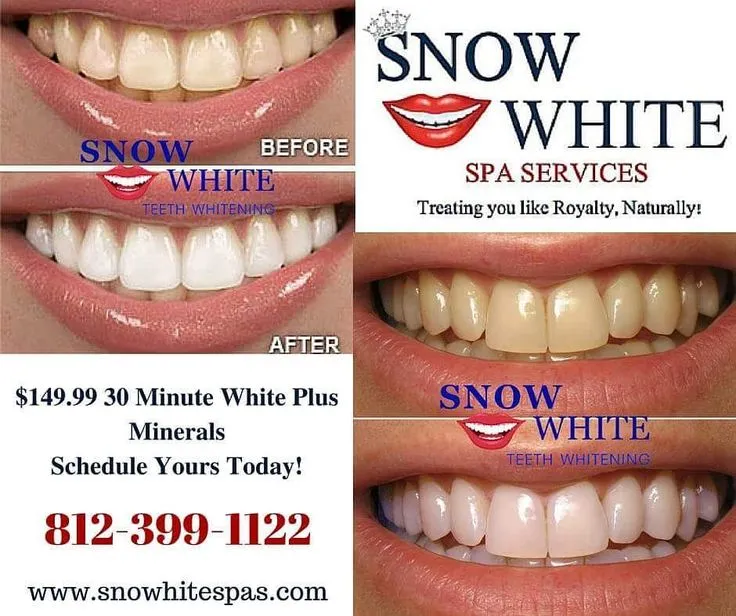
Composite resin is a widely used material for whitening fillings. It is a mixture of plastic and glass particles that are designed to match the color of your teeth. Composite resin fillings are popular because they can be bonded directly to the tooth structure, providing excellent support and sealing the tooth to prevent further decay. The material is applied in layers, with each layer hardened using a special curing light. This layering technique allows dentists to build up the filling gradually, ensuring a natural-looking result. Composite resins are a versatile option, suitable for fillings of various sizes and locations, including front teeth. They offer good durability and can be easily shaped and polished to achieve a seamless appearance. Additionally, composite resins can be tinted to match a wide range of tooth shades, providing excellent cosmetic outcomes.
Porcelain Fillings
Porcelain fillings, often referred to as inlays or onlays, are another option for whitening fillings. Porcelain is a ceramic material that offers superior aesthetic qualities and durability. These fillings are custom-made in a dental laboratory based on impressions of your tooth. Porcelain fillings are stronger and more resistant to staining than composite resin fillings, making them an excellent choice for larger fillings or those in areas subject to heavy chewing forces. The process involves preparing the tooth, taking an impression, and temporarily filling the cavity. The porcelain filling is then cemented in place during a subsequent visit. Porcelain fillings offer exceptional aesthetics and can provide a long-lasting solution for restoring the appearance and function of your teeth. They are especially well-suited for front teeth where aesthetics are a primary concern, offering a natural and beautiful finish.
The Whitening Process Step-by-Step
The process of getting whitening fillings for front teeth typically involves several steps. From the initial consultation to the final polishing, each stage is crucial to ensuring the filling matches the color of your teeth and blends in seamlessly. Understanding this process can help you prepare for the procedure and know what to expect. The steps are designed to provide both functional restoration and an enhanced aesthetic outcome. The dentist will work with you to achieve the best possible result for your smile.
Consultation and Assessment
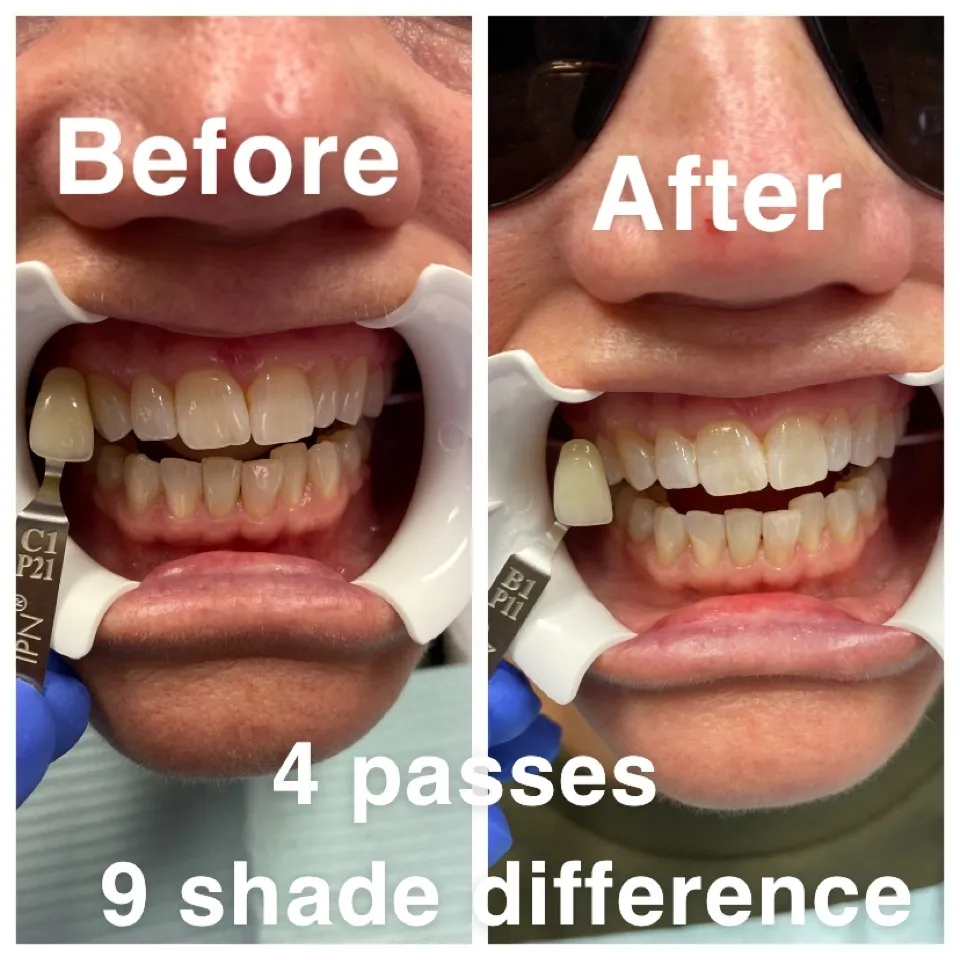
The first step involves a consultation with your dentist. During this appointment, your dentist will examine your teeth, assess the extent of the decay or damage, and discuss your goals and expectations. They will determine if whitening fillings are the right option for you, considering factors such as the location and size of the filling, the health of the surrounding teeth, and your overall oral health. Your dentist will also take X-rays to assess the internal structure of your tooth and ensure there are no underlying issues that need to be addressed. This is an opportunity to ask any questions you may have and to discuss the different materials and shades available for the filling. The dentist will also explain the entire process, including the steps involved and the expected outcomes.
Teeth Preparation
Once the decision is made to proceed with a whitening filling, the dentist will prepare your tooth. This involves removing any decay or damaged tooth structure. The dentist uses special dental tools, such as a drill, to carefully clean out the cavity. The preparation stage is critical to ensuring the filling adheres properly to the tooth and prevents future problems. The dentist will shape the cavity to provide an ideal surface for the filling material. If the decay is close to the nerve, a protective liner may be placed to protect the tooth. The preparation stage focuses on creating a clean and stable foundation for the filling.
Filling Application
After the tooth is prepared, the dentist will apply the filling material. For composite resin fillings, the dentist will apply the material in layers. Each layer is hardened using a special curing light. This light ensures the composite resin bonds firmly to the tooth structure. The dentist carefully builds up the filling, ensuring it matches the natural shape and contours of your tooth. For porcelain fillings, the custom-made inlay or onlay is cemented into place. The dentist ensures a perfect fit. Excess cement is removed and the filling is carefully checked to ensure proper contact with the surrounding teeth.
Shaping and Polishing
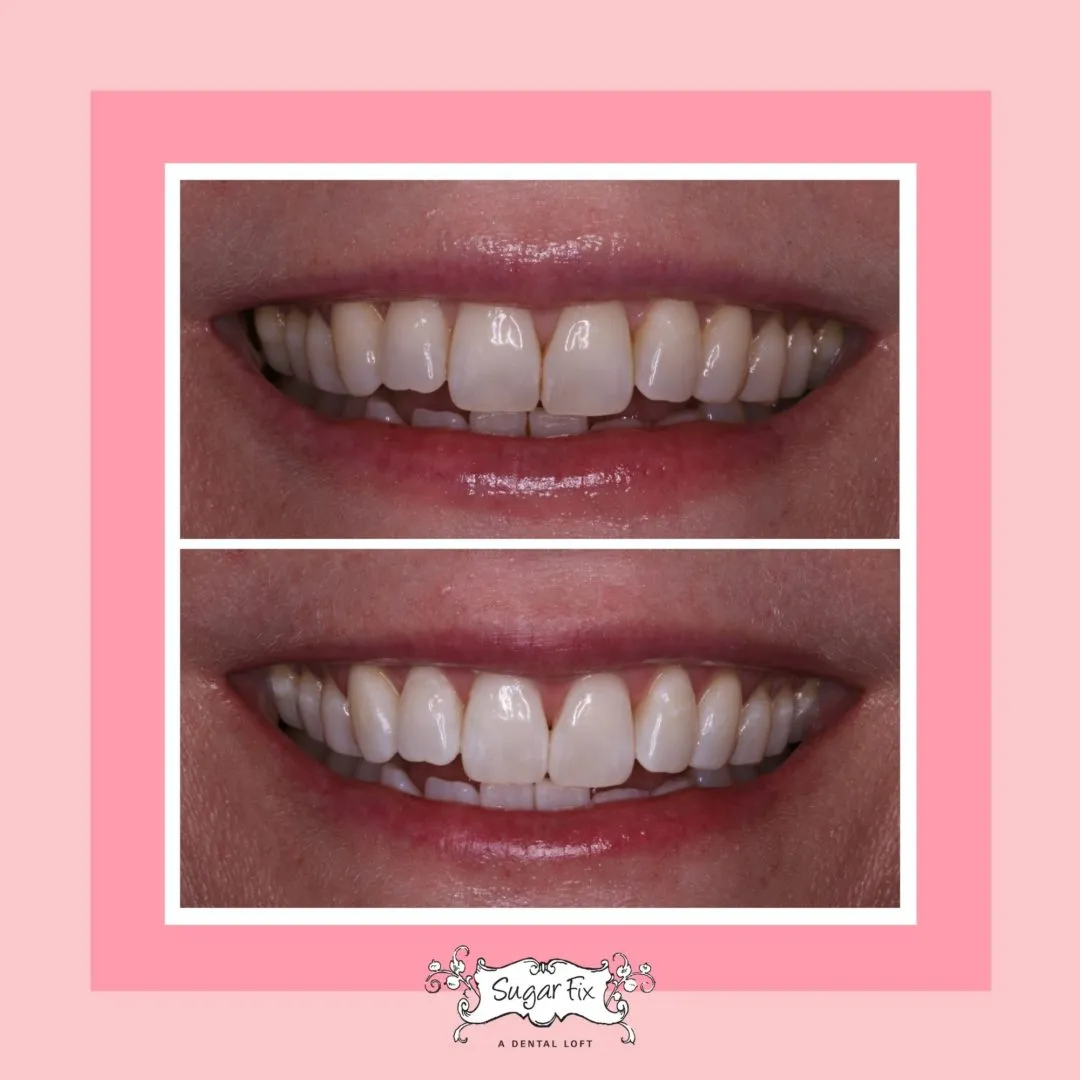
Once the filling is applied, the dentist will shape and polish it to ensure a smooth and natural appearance. The dentist uses specialized tools to carefully shape the filling, ensuring that it aligns with the surrounding teeth and that your bite is comfortable. The dentist removes any excess material and refines the filling’s shape. Then, the filling is polished to a smooth, glossy finish, which helps prevent staining and gives it a natural shine. Polishing also ensures that the filling blends seamlessly with your other teeth. The dentist will carefully check the bite to make sure the filling doesn’t interfere with the upper and lower teeth. The final result should be a filling that is both aesthetically pleasing and fully functional.
Aftercare and Maintenance
Proper aftercare and maintenance are essential for the longevity and appearance of your whitening fillings. By following these guidelines, you can help ensure that your fillings last for many years and continue to enhance your smile. Regular dental check-ups and a consistent oral hygiene routine are critical components of maintaining the health and appearance of your fillings.
Oral Hygiene Practices
Maintaining excellent oral hygiene is crucial for the health of your teeth and fillings. This includes brushing your teeth at least twice a day with fluoride toothpaste and flossing daily to remove plaque and food particles from between your teeth and around your fillings. Using an antibacterial mouthwash can also help reduce the amount of bacteria in your mouth. Proper oral hygiene not only keeps your fillings clean but also helps prevent new cavities from forming around the fillings. Consistent oral hygiene habits protect your overall dental health and extend the lifespan of your fillings.
Dietary Considerations
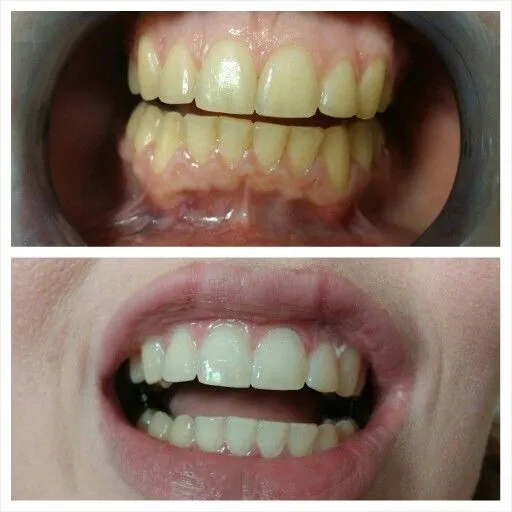
Certain foods and drinks can stain or damage whitening fillings, especially composite resin fillings. It is wise to limit your consumption of staining substances like coffee, tea, red wine, and dark-colored juices. Avoiding or minimizing these items can help maintain the brightness of your fillings. Regularly consuming sugary or acidic foods and drinks can also increase the risk of decay. A balanced diet that is low in sugar and acid promotes good oral health and protects your fillings from damage. When consuming staining foods or drinks, rinse your mouth with water immediately afterward or brush your teeth as soon as possible.
Regular Dental Check-ups
Regular dental check-ups and professional cleanings are essential for maintaining the health and appearance of your whitening fillings. During these visits, your dentist will examine your fillings and the surrounding teeth, looking for any signs of wear, damage, or decay. The dentist can also polish your fillings to remove any surface stains. Professional cleanings will remove plaque and tartar, which can damage both your natural teeth and your fillings. Routine check-ups enable your dentist to identify and address any potential issues early, preventing them from becoming more serious and extending the life of your fillings. Follow your dentist’s recommendations for the frequency of these check-ups, typically every six months.
Pros and Cons of Whitening Fillings
While whitening fillings offer significant benefits, understanding both their advantages and disadvantages is crucial. This will help you to make an informed decision about the best approach for your dental needs. Weighing the pros and cons will allow you to evaluate whether whitening fillings are the right choice for achieving your cosmetic goals.
Advantages

- Improved Aesthetics: Whitening fillings blend seamlessly with your natural teeth, enhancing your smile’s appearance.
- Natural Look: The fillings are made from materials that closely match the color and translucency of your teeth.
- Durable: Composite resin fillings are strong and can withstand everyday chewing forces.
- Non-Invasive: The procedure is relatively quick and minimally invasive, causing minimal discomfort.
- Tooth Preservation: Whitening fillings require less tooth removal than other cosmetic procedures like veneers.
- Versatile: Can be used to fill cavities, repair chips, and correct minor cosmetic imperfections.
Disadvantages
- Staining: Composite resin fillings can stain over time, especially from coffee, tea, and other dark-colored foods and drinks.
- Durability: Composite resin fillings may not be as durable as porcelain fillings or other options for larger fillings.
- Shrinkage: Composite resin can shrink slightly when cured, which might lead to minor gaps between the filling and tooth.
- Cost: Whitening fillings, especially porcelain fillings, can be more expensive than traditional amalgam fillings.
- Maintenance: Requires good oral hygiene and regular dental check-ups to maintain the appearance and lifespan.
Alternatives to Whitening Fillings
Several alternative options are available if you are not an ideal candidate for whitening fillings or are looking for other ways to enhance your smile. Understanding these options can help you make an informed choice that aligns with your specific needs and goals. Discussing these with your dentist allows you to weigh the benefits and drawbacks of each alternative.
Teeth Whitening
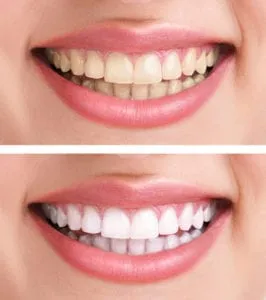
Teeth whitening is a cosmetic procedure used to brighten the overall shade of your natural teeth. Whitening treatments are available in various forms, including in-office treatments performed by your dentist and at-home kits. In-office whitening often uses a higher concentration of bleaching agents and can deliver more dramatic results in a shorter amount of time. At-home kits typically involve custom-fitted trays and whitening gel, and you use them over a period of time. Teeth whitening can improve the appearance of stained or discolored teeth. However, it will not whiten fillings, crowns, or veneers. Whitening is an excellent choice for individuals whose teeth are naturally discolored. You can do whitening before placing the fillings for better results.
Veneers
Dental veneers are thin, custom-made shells that cover the front surface of your teeth. They are typically made of porcelain and are designed to improve the appearance of your teeth. Veneers are a more comprehensive cosmetic option than whitening fillings. They can correct a wide range of dental imperfections, including discoloration, chips, cracks, gaps, and misalignment. The process involves removing a small amount of enamel from your teeth and then bonding the veneers to the tooth surface. Veneers offer a durable and long-lasting solution and can provide a dramatic transformation of your smile. Veneers are perfect for smile makeovers and can create a beautiful, natural-looking smile.
Dental Bonding
Dental bonding involves applying a tooth-colored composite resin to your tooth and shaping it to improve its appearance. This technique is similar to using composite resin fillings. Bonding can be used to repair chipped or cracked teeth, fill small gaps, and correct minor imperfections. The process is relatively quick, usually completed in a single dental visit. The dentist prepares the tooth and applies the resin. The resin is then shaped and polished. Dental bonding offers a cost-effective solution. The resin can stain over time, but it is an effective way to improve the appearance of your teeth.
Choosing the Right Option for You
Selecting the right option for improving the appearance of your front teeth depends on your specific needs and preferences. Consulting with your dentist will help you determine the best course of action. Your dentist will assess your oral health, discuss your goals, and recommend the most suitable treatment. This will allow you to choose a procedure that delivers optimal cosmetic and functional results. Making an informed decision based on expert advice leads to a brighter, healthier, and more confident smile. Your dentist will explain each option’s benefits and limitations, helping you to make an informed decision.
Whitening fillings offer a practical way to enhance the appearance of your smile while restoring the function of your teeth. By understanding the materials, the process, and the maintenance required, you can make an informed decision about whether this is the right choice for you. With proper care, whitening fillings can help you achieve a bright and confident smile. You can also compare this option with other procedures, such as teeth whitening, veneers, or dental bonding, to find the best solution for your cosmetic goals and oral health needs.
